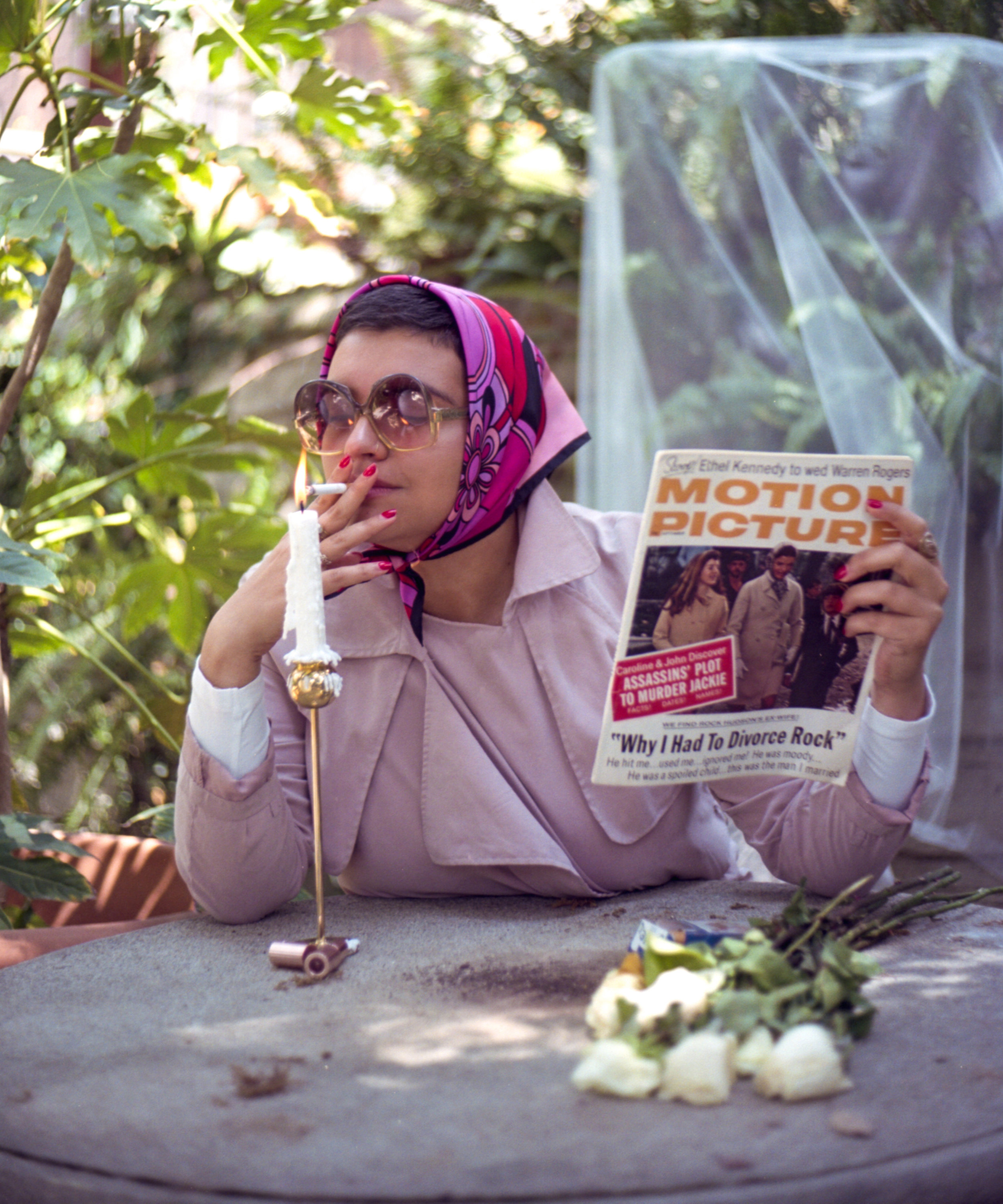Poisonous Women
JACQUELINE KENNEDY ONASSIS, 1929 - 1994
by Helen America
I know. Jacqueline Kennedy Onassis is a weird addition to this list, you’re thinking. She’s an American Saint. The closest we ever got to royalty. Camelot!
Jackie represents something of an anomaly on this list, it’s true, as the only woman who was much adored during and after her lifetime. Her memory hasn’t been sullied by political and social enemies. And, unlike Marie Antoinette, her glamorous wardrobe was admired!
If you’re familiar with your ancient philosophy, the Greeks used the word pharmakon to describe poison, remedy, and scapegoat. It comes from the Greek phármakon and phármakos; the former used as a catchall to describe basic medicine, and the latter, human sacrifice. And while there’s plenty of poetic, philosophical ways to think about the concept of a remedy also being a poison (just ask Jacques Derrida), there’s also the fact that, scientifically speaking, the line between remedy and poison can blur. One poison can sometimes counteract the effects of another; when taken regularly, in small quantities, one can build a resistance to poisons.
Jackie O was a maestra of image cultivation, a PR maven before we knew what they were. She was the First Lady who restored the White House, which was then in desperate disrepair and missing a large amount of its original furniture. She opened its doors to the world in a televised tour that broke new ground for the way that a public can get to know its public servants. And, above all, she made US politics glamorous and sexy for a new era. Jackie’s greatest feat of legend creation was also her most tragic. As the story goes, in the hours after JFK was assassinated on November 22nd, 1963, Jackie refused to change her clothing. Her husband’s death had been less than clean, and her iconic pink Chanel tweed skirt suit was still covered in JFK’s blood, brains, skull fragments and gore. She’d already been photographed in it, conveniently from the waist up, as she stood by Lyndon B. Johnson’s swearing in while on Air Force One. When asked if she wanted something clean to wear while disembarking the plane, she replied that she wanted to be photographed in the bloody suit, she replied: “Oh, no… I want them to see what they have done to Jack.” The suit was never washed, and sits in a secret warehouse in a temperature and humidity controlled container, to be displayed in 2103.
In her second act, Jackie entered into what we at the Klean think is her most iconic era, and the one that we seek inspiration from all the time: her 1970s, married-to-a-shipping-heir, stopped-giving-a-shit era. Just look at her - swanning around Italy in gently wrinkled linens, smoking pack after pack of cigarettes nonchalantly in Upper East Side restaurants. My personal favorite, perhaps the most iconic image of her after the assassination, is the “Windblown Jackie” taken by original paparazzo Ron Galella, wearing a pair of jeans and a cashmere sweater.
In the aftermath of JFK’s death, Jackie cultivated the image of her family’s time in the White House as “Camelot,” the shining, brief moment of glamour and prosperity. This image endures, a result of total opposite forces coming together: happiness and tragedy, light and dark, remedy and poison, like brains on a Chanel skirt.

